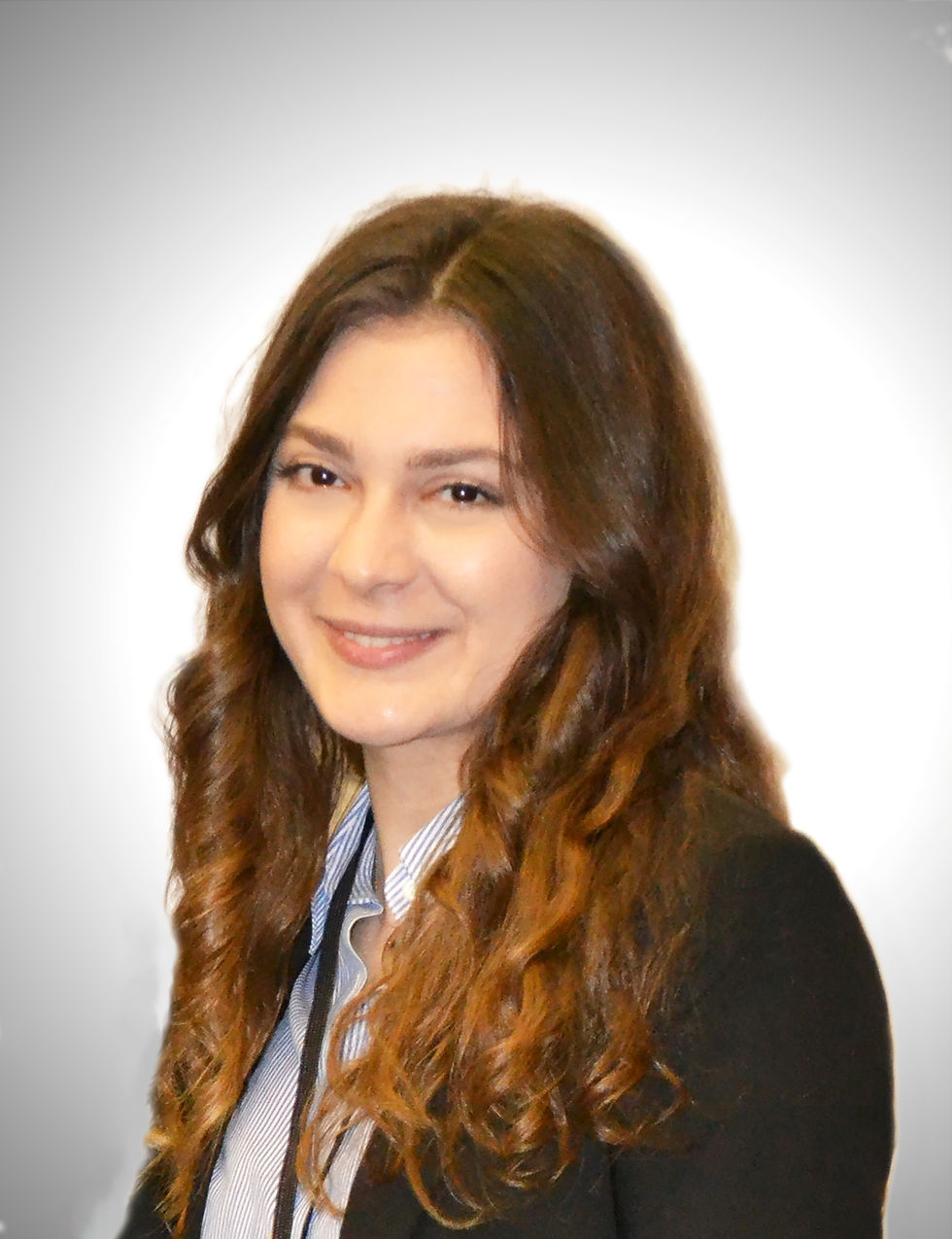

Holder
Arezki Tagnit-Hamou is a qualified engineer from the National Institute of Hydrocarbons and Chemistry of Boumerdès (Algeria) and holds a doctorate in silicate technology and chemistry from the University of Veszprém (Hungary). After six years of industrial experience in construction materials (cement and bricks) at the National Society of Construction Materials and the National Company for the Development of Construction Materials in Algeria, then obtaining his doctorate, he joined UdeS in 1990, where he is currently a full professor in the Department of Civil Engineering and Building Engineering of the Faculty of Engineering.
Professor Tagnit-Hamou has globally recognized expertise in the field of microstructure, the physico-chemistry of silicates (cement and concrete), the development of ecological concretes and the valorization of industrial by-products. He notably used his expertise in the study of the reactivity of silicates for the development of compound cements such as quaternary cement based on Portland cements and cement additions [2-6]. Its expertise, at the interface of concrete technology and the physical chemistry of silicates, has enabled it to develop new cementitious materials from industrial by-products. This is the case of the successful valorization of glass chips in concrete (whose characteristics are similar to those of glass) which is produced industrially from the high temperature treatment of by-products from aluminum smelters (pot linings). worn).
He is a Fellow and member of international technical committees of the American Concrete Institute (ACI) and the International Meeting of Materials Testing and Research Laboratories (RILEM). In addition to the ADRIQ tribute prize (Let's celebrate the partnership 2011) obtained with the SAQ and Tricentris, his partnerships were rewarded with the ADRIQ Coup de Cœur prize (2012, Research Center on Island and Maritime Environments). , for the integrated management of residual materials) and the ADRIQ Innovation prize (2013, Kruger, Valorization of biomass ashes). He was also the recipient of the prestigious Jean-Claude Roumain Innovation in Concrete Award from the American Concrete Institute-Strategic Development Council (2011).
He is responsible for a research team of 16 people. This team is made up of 2 research professionals, 3 postdoctoral researchers, 3 technicians, 6 doctoral students and 2 master's students, who are mainly dedicated to the valorization of industrial by-products. A. Tagnit-Hamou is a member of the UdeS Concrete Infrastructure Research Center (CRIB-US). The CRIB has been recognized by the Fonds de recherche du Québec – Nature et technologies (FRQNT) since 1992.
A. Tagnit-Hamou is author and co-author of several publications in international journals such as ACI Materials Journal, Cement and Concrete Research and international conferences such as International Congress on the Chemisty of Cement, ACI/CANMET Conference. He is also author and co-author of several technical reports. He is the organizer of the ACI/RILEM International Conference on Cementitious Materials and Alternative Binders for Sustainable Concrete (ICCM) and of two other international conferences on concrete and sustainable development (Montreal 2001 and Algiers 2002). He is an active member of several scientific associations and technical committees such as the American Concrete Institute (ACI:BAC-SD, Board Advisory Committee on SustainableDevelopment, Committees 130, Sustainability of Concrete and 555, Concrete with Recycled Materials), the American Society for Testing and Materials (ASTM: Technical Committees C01, Cement, and C09, Concrete & Concrete Aggregrates), the International Meeting of Materials Testing Laboratories (RILEM: Technical Committees 224-AAM, Alkali Activated Materials , and 197-NCM, Nanotechnology in Construction Materials and the Canadian Standards Association (CSA), where he is chair of the subcommittee on the use of alternative cementitious additives in concrete (A3004-E1) and also of the subcommittee on the use of alternative cementitious additives in concrete (A3004-E1) committee on glass pozollanes which developed the new standard. This new standard has been official since December 2008.
Collaborators

Professeur Université de Sherbrooke

Professeur Université de Sherbrooke

Professeur Université de Sherbrooke

Professeur Université de Sherbrooke

Spécialiste en matériaux Ingénieur consultant
Research Team

Chargé de project (Candidat au Ph. D.)

Ph. D. Post-Doctorant

Candidat au Ph. D.

Candidat au Ph. D.

Candidat au Ph. D.

Candidat au Ph. D.

Candidat au Ph. D.

Etudiant Ph.D

Etudiant Ph.D.

Étudiant à la Maitrise

Étudiant à la Maitrise

Ph. D. (Graduée en 2021)

Ph.D.(Graduée en 2021)

Maitrise (Graduée en 2021)
Technical Support & administrative

Technicien en génie civil

Technicien en génie civil

Technicien en mécanique

Secrétaire











